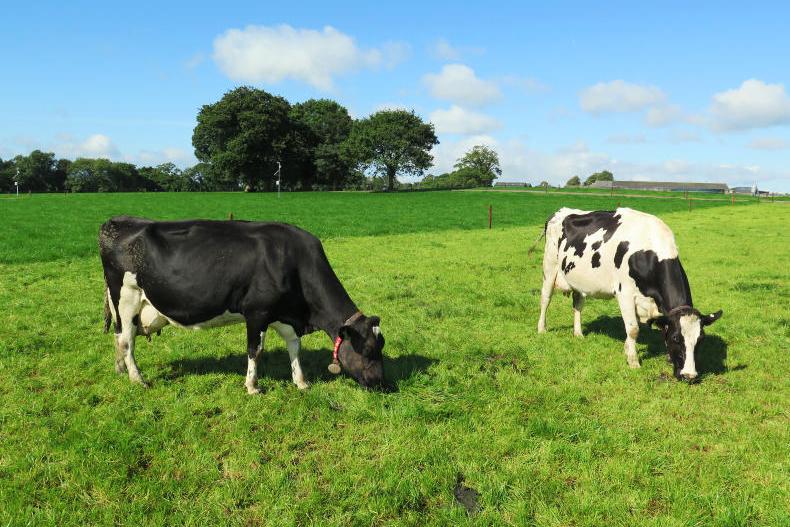For those who have not already housed their cattle, farmers should now be thinking about starting their last round of grazing.
There is always a debate as to when you should start closing paddocks. In the northern part of the country farmers will start the last round on 1 October, while it is later further south at between 5 and 10 October.
Ideally, this last round of grazing should last for six or seven weeks, keeping grass in the diet for most of November.
How long it will last on your farm depends on how much grass you have now (average farm cover) and ground conditions.
Unfortunately, because of the amount of rain that has fallen over the last month, there are plenty of farmers whose herds are fully housed already.
Conflict
There are conflicting agendas when it comes to grass management in the last round.
On the one hand, you want to keep grass in the diet for as long as possible, while on the other hand you want to close up paddocks quickly.
The target is to graze about 60% of the farm in the first four weeks of the last round.
This is to ensure sufficient regrowth (and grass for next spring) before growth comes to a halt in December.
Because we are on the last round of grazing, it is important to get a good cleanout to ensure high-quality re-growth for next spring and reduce die-back over the winter.
In an effort to stretch out what grass is on the farm, many farmers will start to supplement with extra meal and silage.
Going below this in the autumn is a pennywise but pound-foolish approach
Again, this causes a conflict because introducing bulky supplements such as silage reduces the ability to get a good cleanout of swards as cows will not have the same desire to clean out paddocks properly when they know they can get silage in the yard so try and hold out on feeding a lot of supplement for as long as possible.
However, it is possible to feed silage and get good cleanouts, but it takes management. The best approach seems to be to feed silage before one of the milkings. This works well with both 12- and 24-hour breaks.
This means bringing cows in for milking an hour or two early and getting them to eat silage in the yard or wherever.
With a reasonably good forecast for the week, take this opportunity to get some of the wetter parts of your farm grazed and closed for the winter.
Remember, the golden rule is to close the farm up with a farm cover that will allow for early spring turnout. For most farmers, this is somewhere between 650kg and 750kg of an average farm cover on 1 December.
Going below this in the autumn is a pennywise but pound-foolish approach as you will have insufficient grass available for next spring.
It is really the average farm cover in December that will determine the actual closing date.
How do Irish milk prices compare with other European countries?
